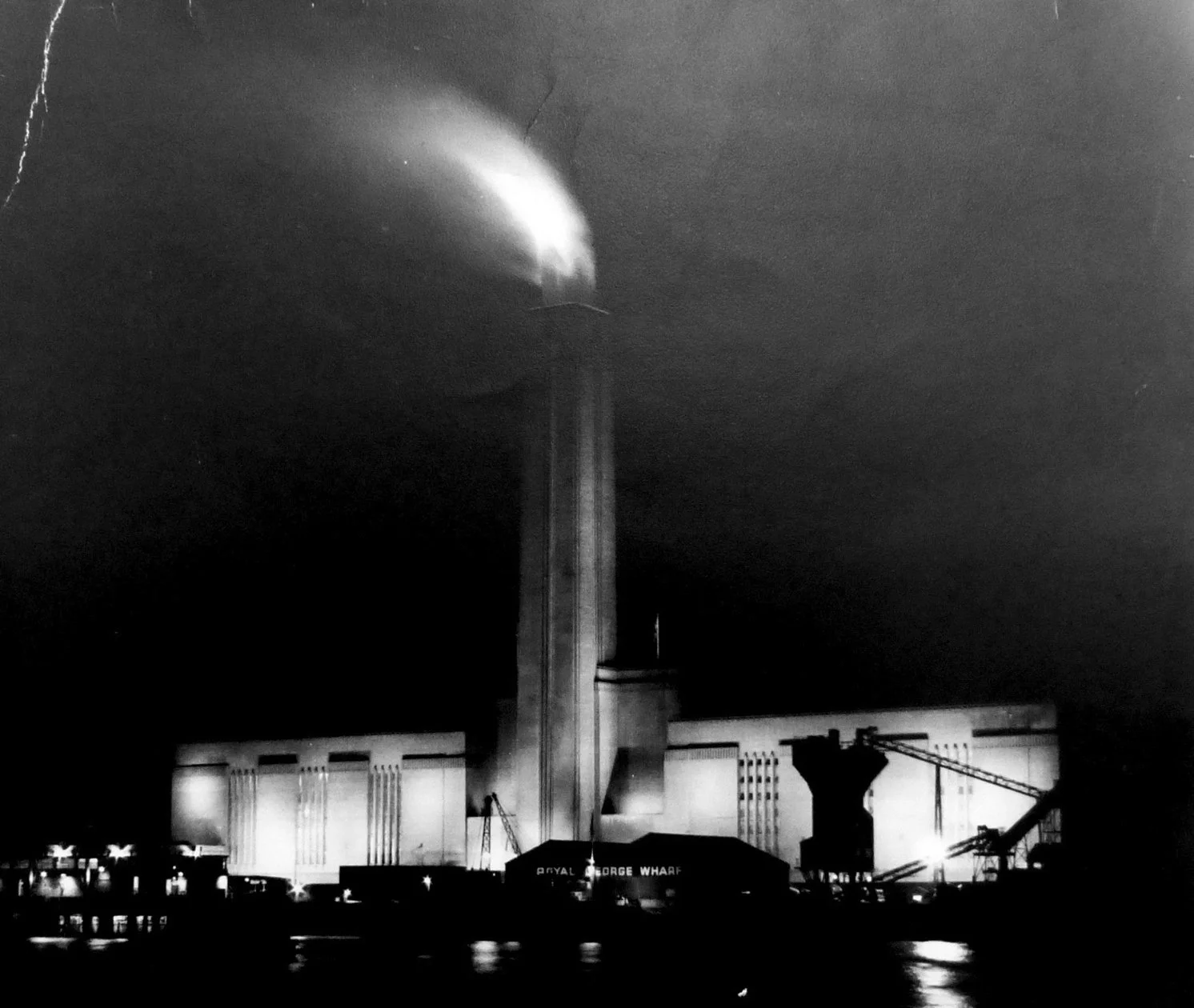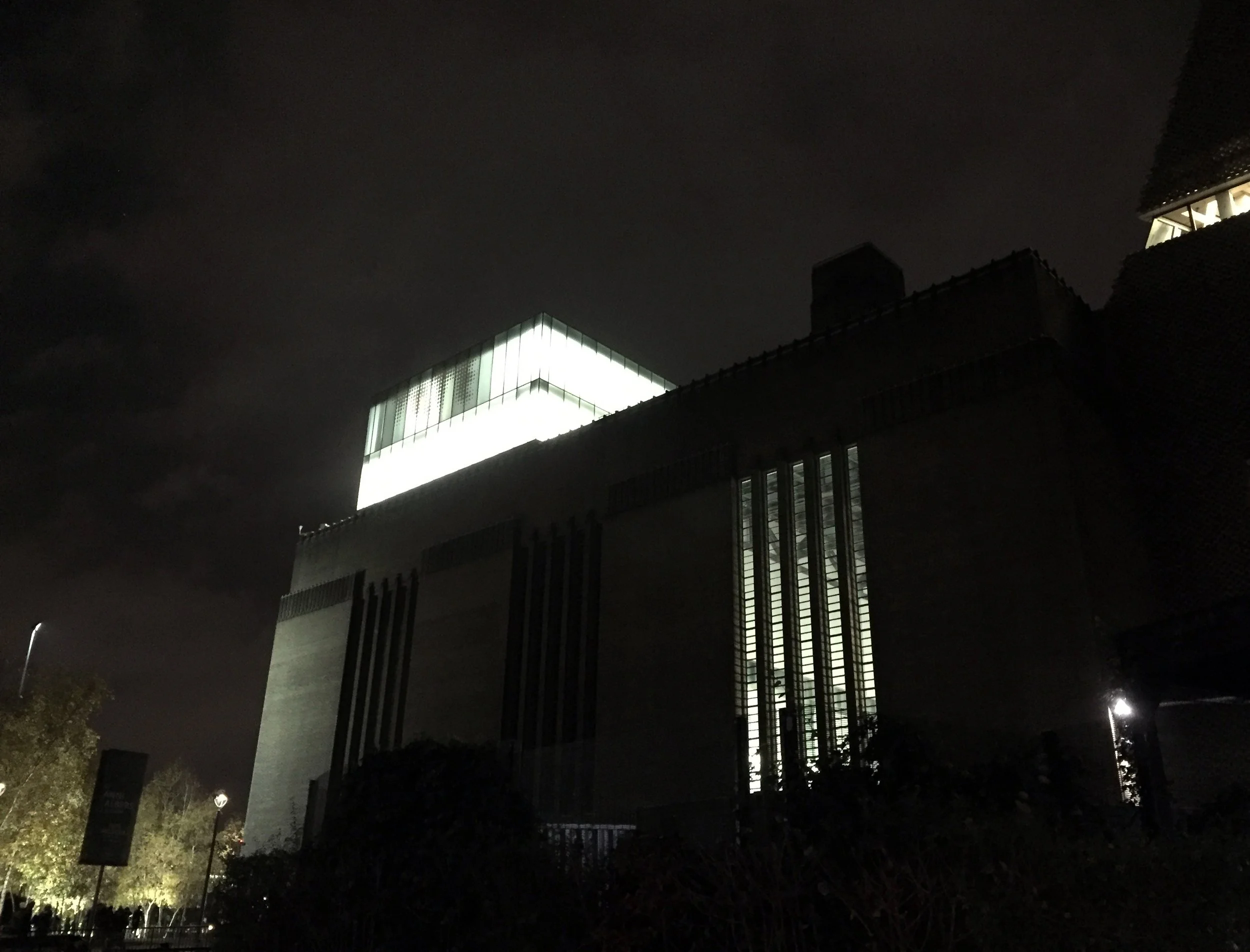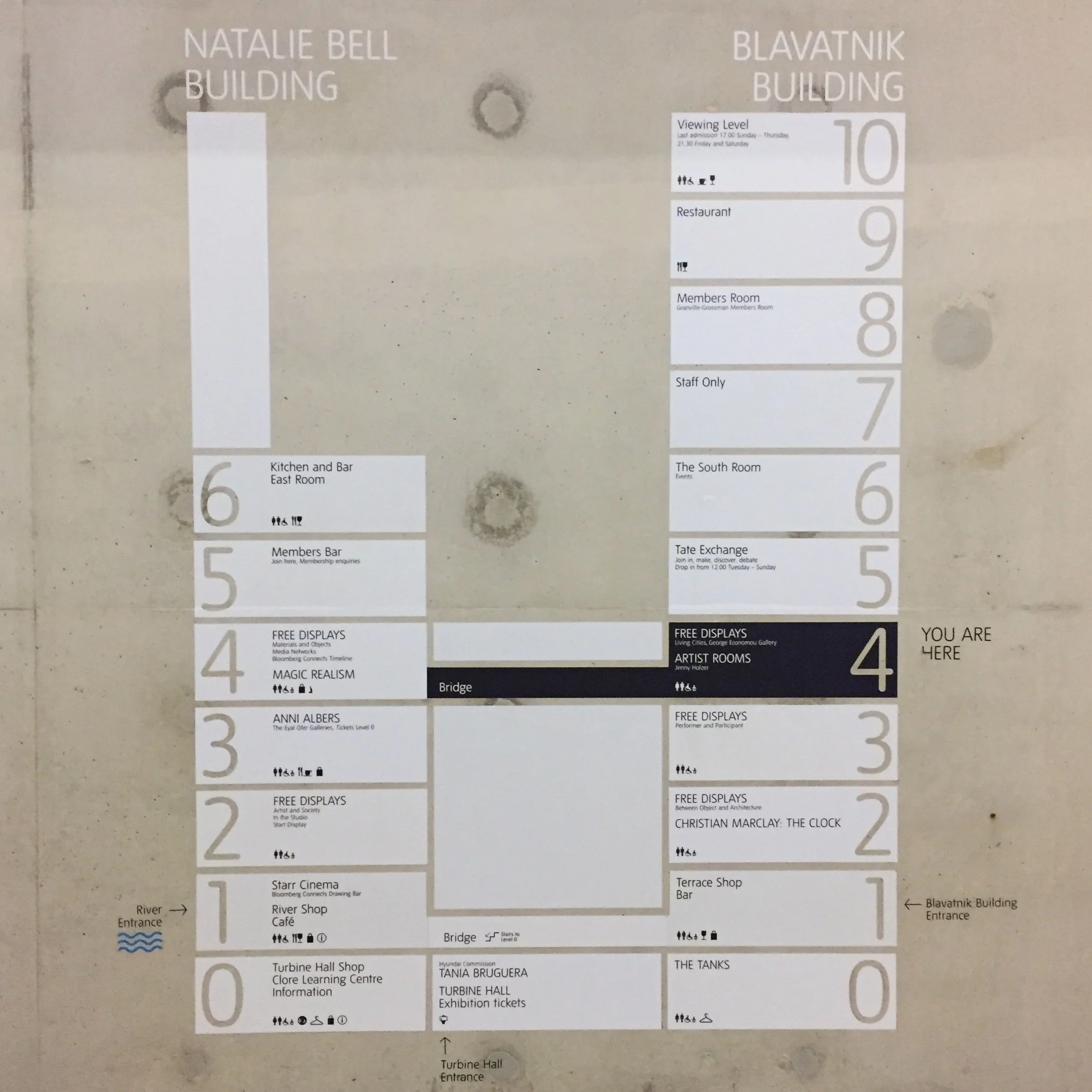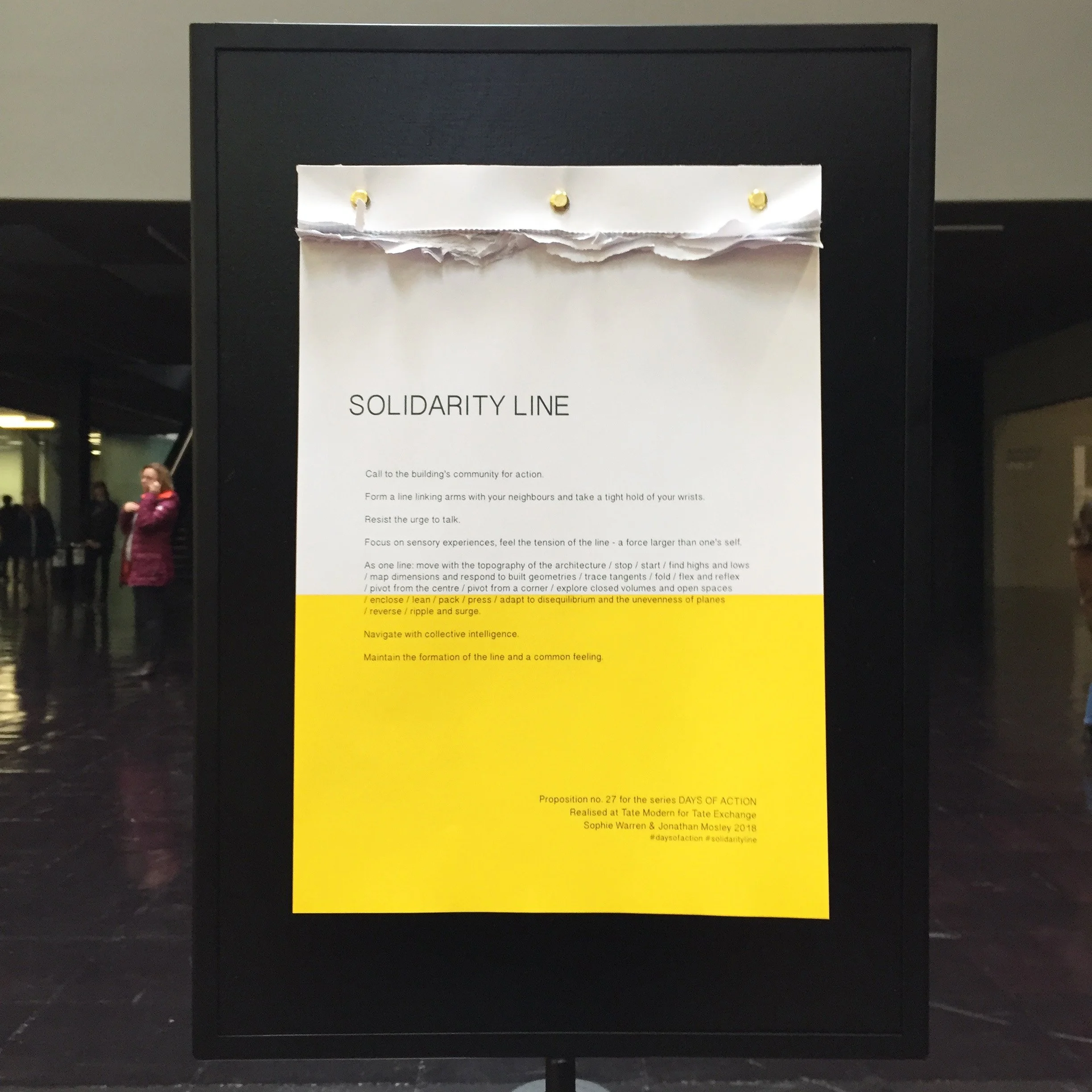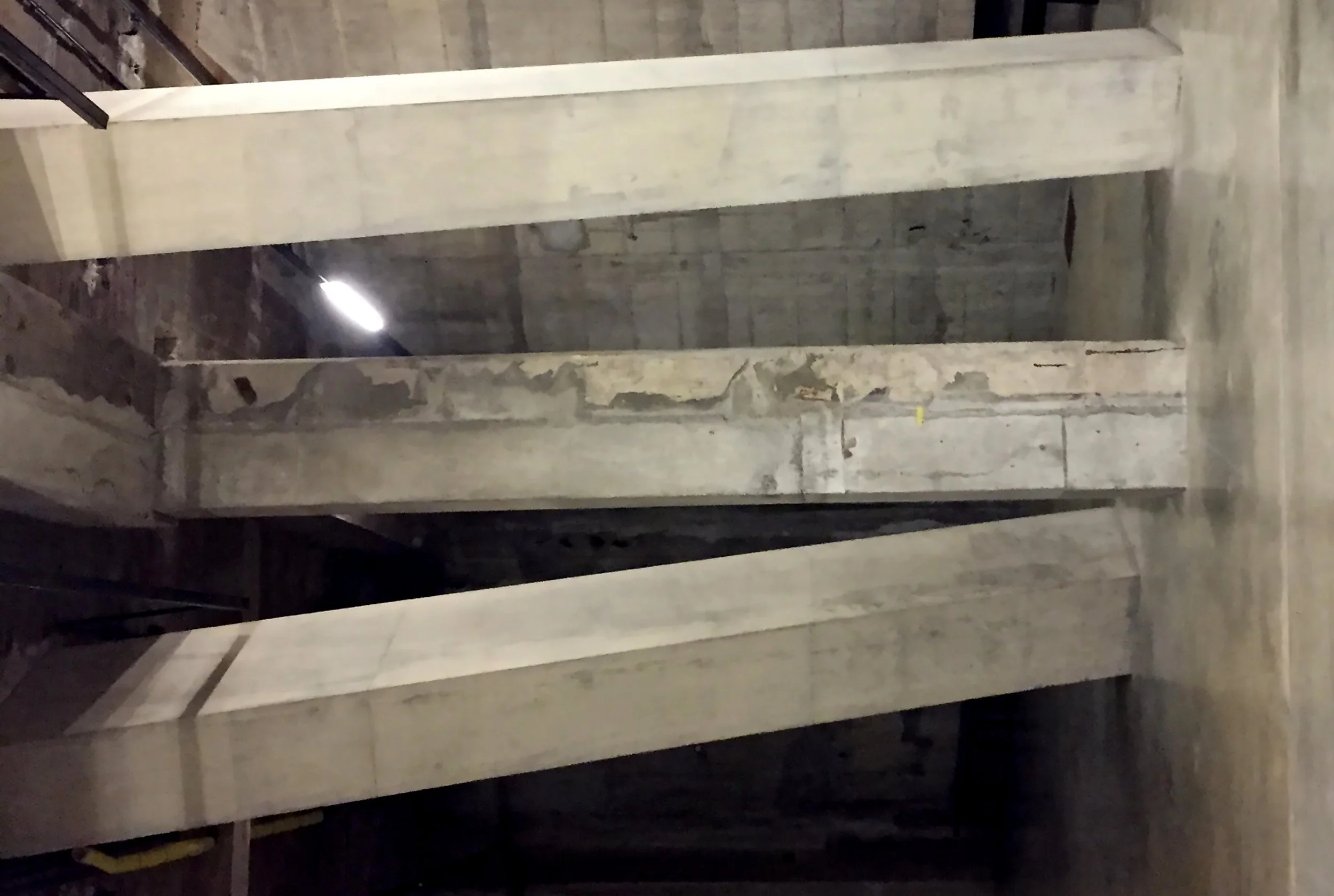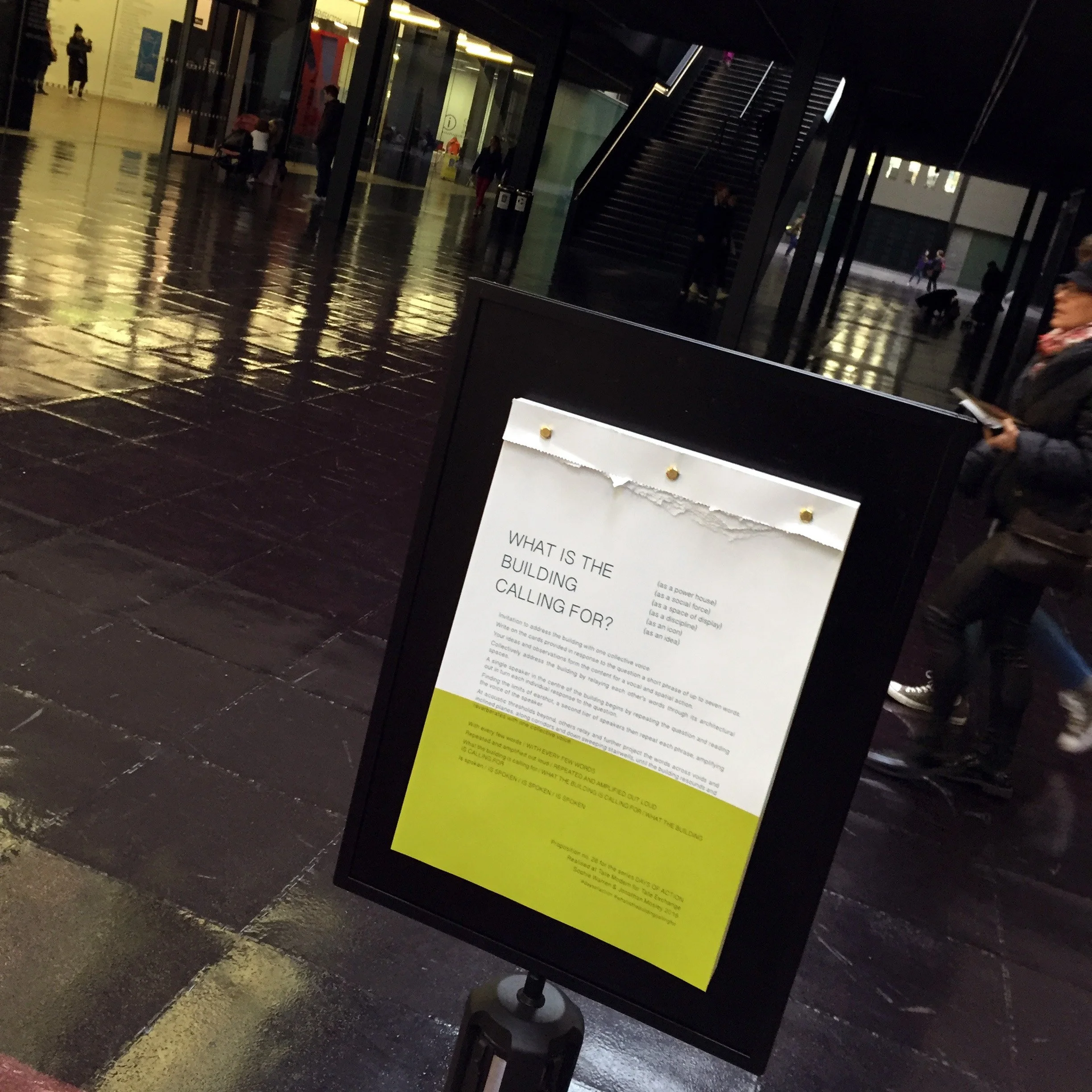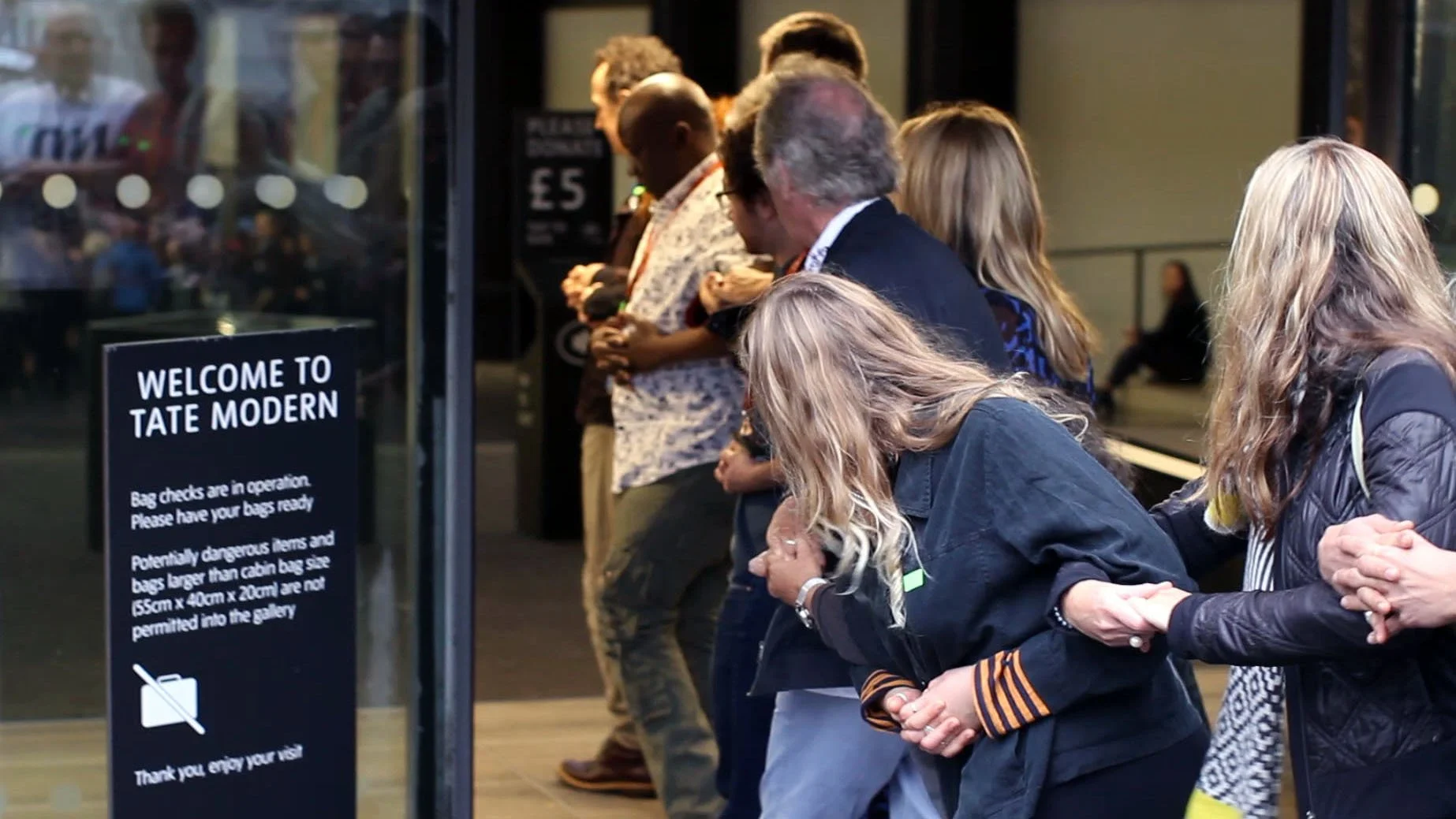THE BUILDING (TATE MODERN)
Function: Power station converted to art museum then extended
Architect: Sir Giles Gilbert Scott. Conversion and extension Herzog and de Meuron
Construction: 1947-1963 then 1995-2000 and 2010-2016
Location: Southwark, London
If Tate Modern is a building with an organising mentality, what would this look and feel like? It has passed through many imaginings and been influenced by many factors, both conscious and unconscious, that affect our experience of it. As a structure it is more than just a public building, it is a material and psychological testimony to both our past and a vision of the future. As a psychic structure there will always be two buildings in mind, a cathedral of sublime industrial power and a powerhouse of culture. One body and mentality intersecting with another.
From its inception, Bankside power station has been an iconic building. Designed by Sir Gilbert Scott in 1943 as a cathedral of power it rivalled Saint Paul’s clearly visible across the river Thames. Its two chimneys were reduced to a single tower lower than the dome of the cathedral, making the secular subservient to the spiritual. This did not lessen its iconic status. As a striking object in the urban realm, it became a marker, a second cathedral, by which citizens could navigate the city.
In the transition from old to new - from power station to museum of modern art - the building remains essential to our navigation of the city. Tate Modern’s vivid built forms are emblazoned on our minds, and we share its resonances, its reminders of the past and its trajectory into the future. Initially some were affronted by the void at the heart of the building. While others saw its scale and spatial topography as a provocation to devise a new type of spectacular, experiential artwork.
Tate Modern invites the world in. Through the imagination of commissioner, architect and artist the Turbine Hall has become the people’s space, a space of play and creativity with architecture and its objects. Here is a building with an inner world that is remaking our relationship to architecture, art and life.
Pared down and ornamental the trapezoidal tower of the Switch House performs an eight-storey twist providing a vertical architectural promenade culminating in a public viewing deck. This is a building with the kind of mentality that wishes to turn heads and turn on its head the normal hierarchies of architectural space and structures of society. Circulation space is now no longer just a corridor or passage-way to display space, but a destination in itself. And here is a pyramid with the intention of affording the general public access to its pinnacle and panoramic views over Tate's neighbourhood. Each and every ascent completes the architect's inversion of the pyramidal social structure but also gives expression to a tension between the individual and collective gaze. Form is never mere form, it has a power of its own. The dynamic of architecture and its inversions exerts itself and sets in motion unintended spatial and social antagonisms.
